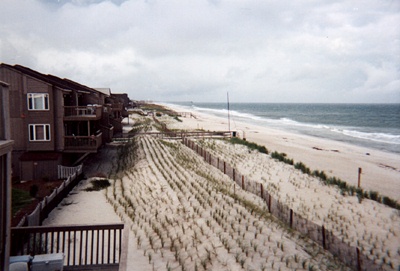All Nonfiction
- Bullying
- Books
- Academic
- Author Interviews
- Celebrity interviews
- College Articles
- College Essays
- Educator of the Year
- Heroes
- Interviews
- Memoir
- Personal Experience
- Sports
- Travel & Culture
All Opinions
- Bullying
- Current Events / Politics
- Discrimination
- Drugs / Alcohol / Smoking
- Entertainment / Celebrities
- Environment
- Love / Relationships
- Movies / Music / TV
- Pop Culture / Trends
- School / College
- Social Issues / Civics
- Spirituality / Religion
- Sports / Hobbies
All Hot Topics
- Bullying
- Community Service
- Environment
- Health
- Letters to the Editor
- Pride & Prejudice
- What Matters
- Back
Summer Guide
- Program Links
- Program Reviews
- Back
College Guide
- College Links
- College Reviews
- College Essays
- College Articles
- Back
Threats of Global Warming MAG
It's the end of the worldas we know it! The process of global warming has recently sped up, putting thelives of those in the Russian Arctic in danger. The permafrost is thawing, whichhas caused damage to construction work, and coastal areas are disappearing underthe sea. Who knows what else could happen in the future?
According to Dr.Svein Tveitdal of GRID Arendal in Norway, there is evidence that the Arctic soilthat used to remain frozen year round (a.k.a. permafrost) is now releasing carbonas it thaws. This permafrost has been "locking away" carbon, methaneand other greenhouse gases for thousands of years, but as it melts there isevidence that it is releasing carbon.
It's estimated that 14 percent ofthe carbon stored in the earth's soil is stored in this permafrost. Environmentalcorrespondent Alex Kirby observes that this amounts to several hundred gigatonsof carbon (only six gigatons of greenhouse gases produced by human activities arereleased every year). If all the carbon stored in the Arctic permafrost werereleased as carbon dioxide, there would be a significant change in the earth'sclimate.
An enzyme sensitive to temperature change has already beenidentified. When this enzyme dries out, it rapidly breaks down peat (partiallycarbonized vegetable matter), and carbon is released. This seems to be happeningin the Arctic permafrost. GRID Arendal warns that "higher temperatures areallowing bacteria to break down the previously frozen organicmaterial."
Another change as a result of warmer temperatures in theArctic is the softening of the permafrost. The permafrost used to be good tobuild on because it was solid, but with global warming taking effect, the soilisn't as frozen anymore. Studies suggest that the permafrost has gone fromnegative four degrees to negative one degree Celsius. This has decreased thefrozen soil's "load-bearing capacity" by up to 70 percent. Buildings,roads and pipelines in Alaska and Siberia have already been damaged by thethawing of the permafrost.
Kirby says the Arctic ice has lost 40 percentof its volume over the last 40 years. This is a major change that humans mustadapt to. There are approximately 200,000 people living in the Russian Arcticwhose lives could be in danger, says Dr. Tveitdal.
TheIntergovernmental Panel on Climate Change suggests that the Earth's averagetemperature might increase by 5.8 degrees Celsius by the year 2100. Dr. Tveitdalsays that in high latitudes, like the Arctic, the temperature could increase byalmost 10 degrees Celsius: "As the temperature increases, the snow coverwill move northwards, and the soil that is then exposed will be very slow torevegetate. So it will absorb more solar energy." This will cause even morethawing of the permafrost, releasing more carbon dioxide. With Earth's climatewarming and the Arctic ice melting, there is more water in the ocean and the sealevel is rising. Coastal areas worldwide will slowly be submerged, and people onthe coast will be forced to move inland.
Let's hope global warming doesn'tget that bad, but can you imagine what could happen to our planet in the next 100years? With all these threats from global warming, we should prepare for theworst. Think cold!

Similar Articles
JOIN THE DISCUSSION
This article has 1 comment.

0 articles 0 photos 12292 comments